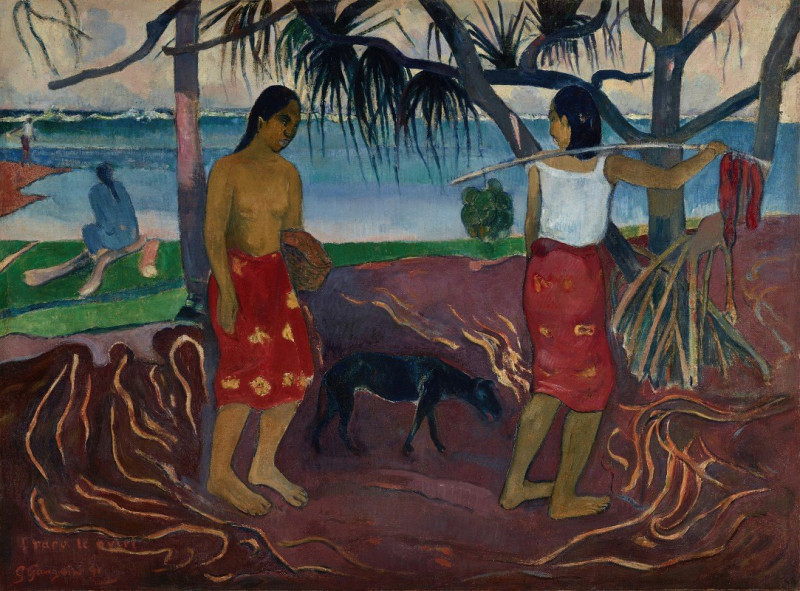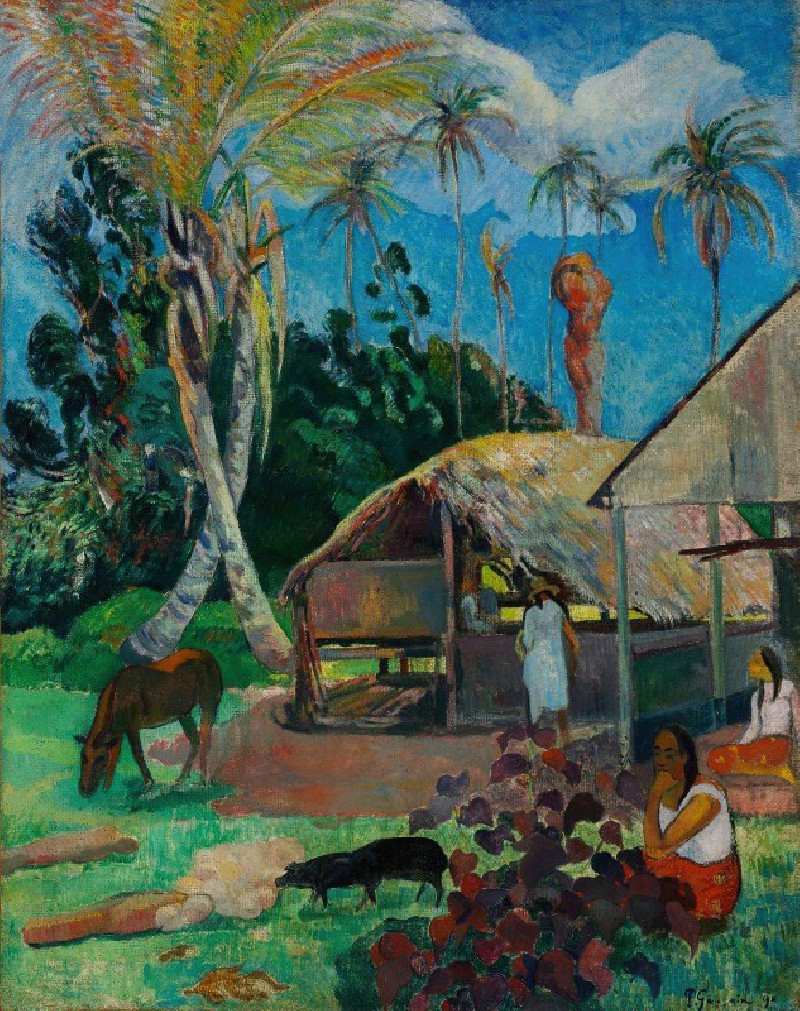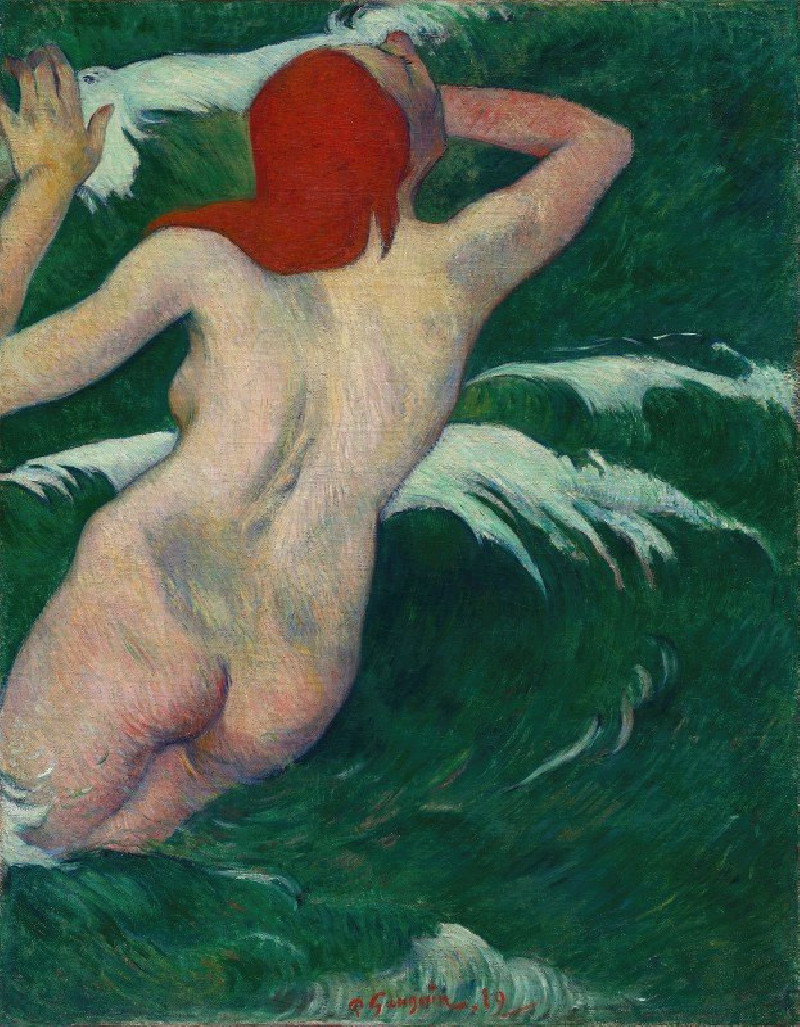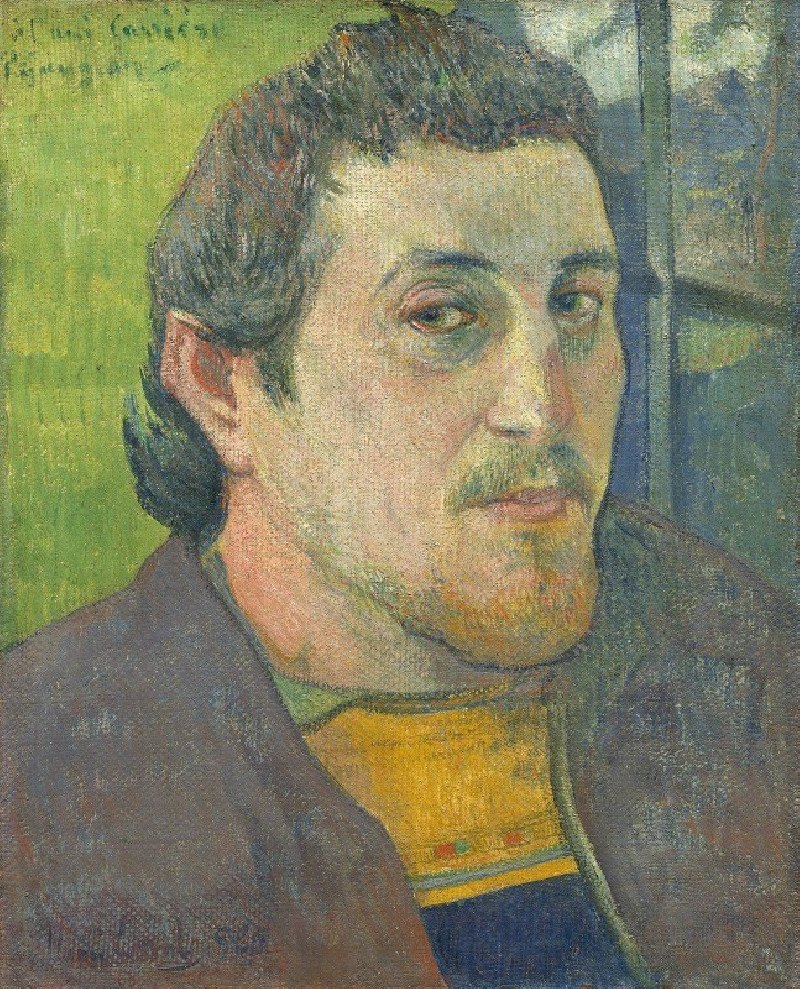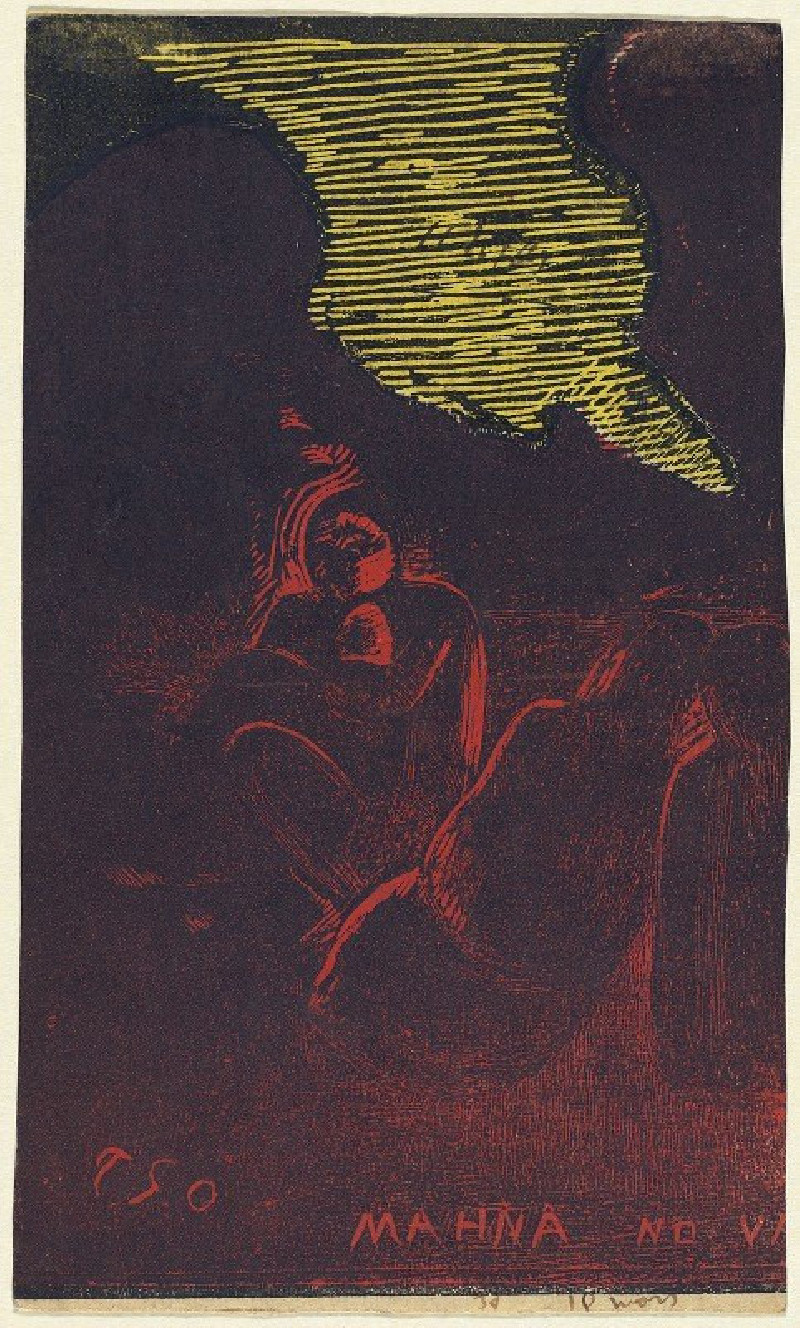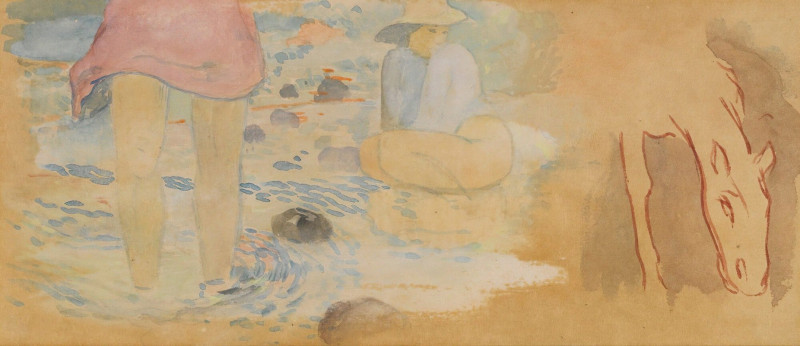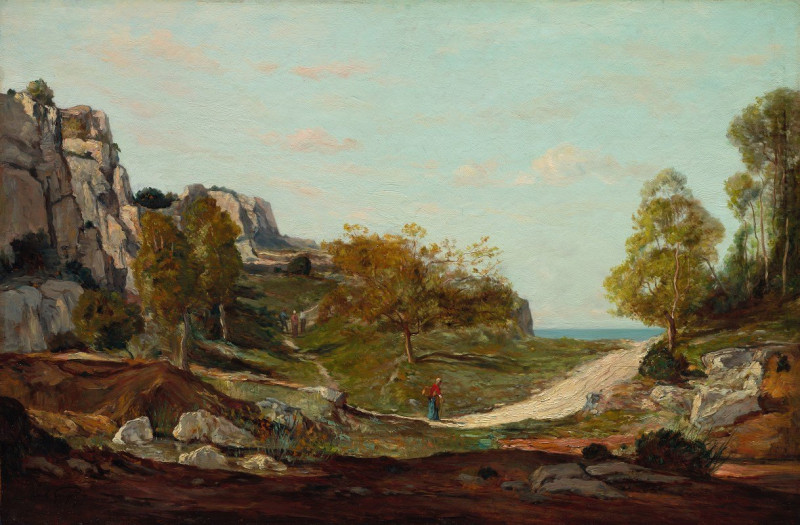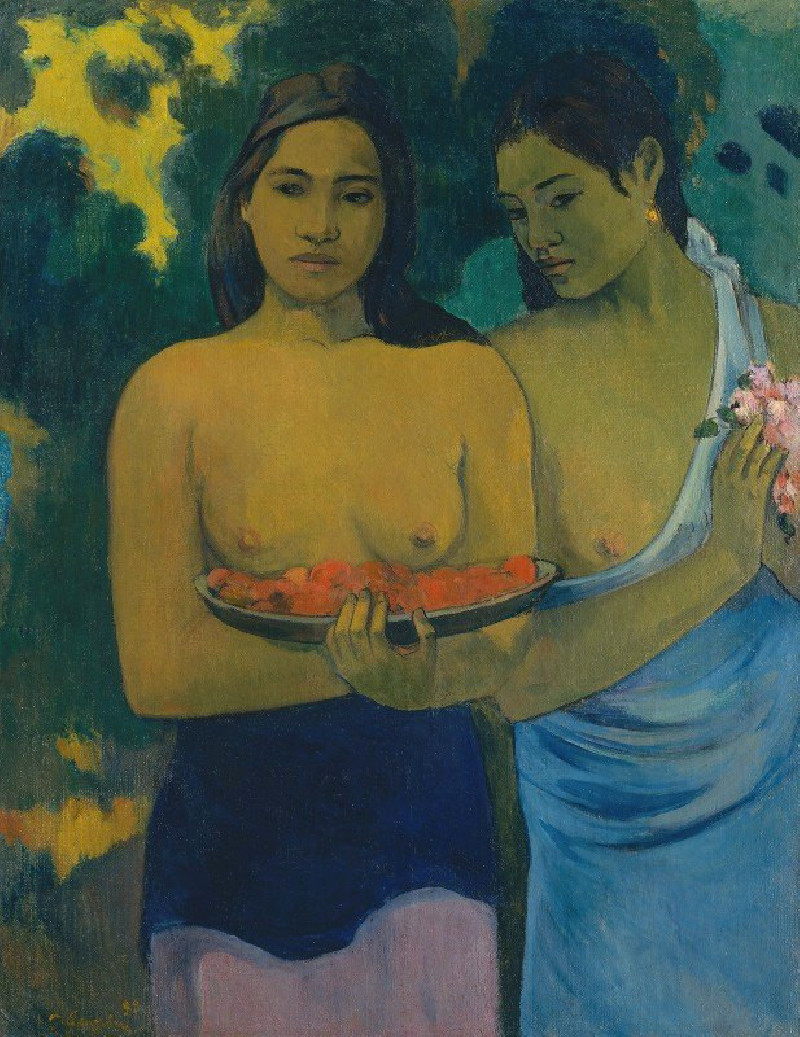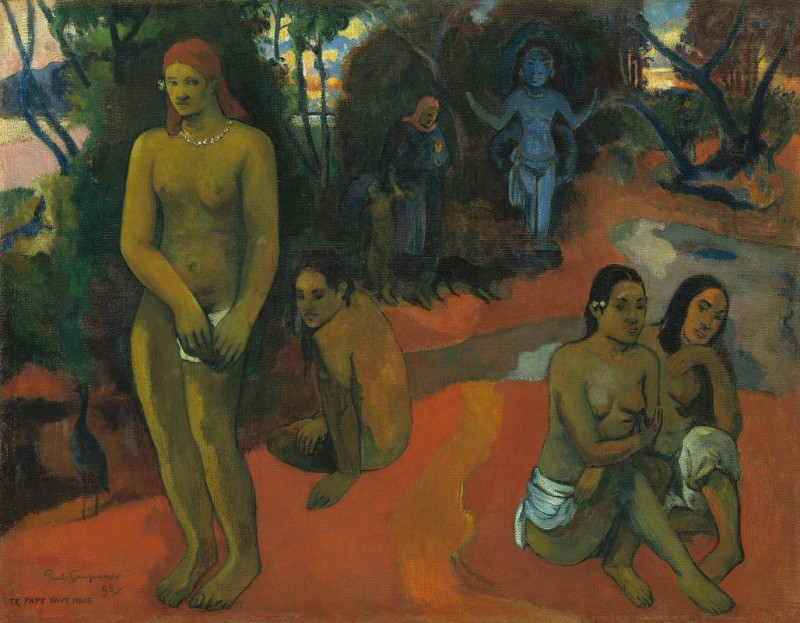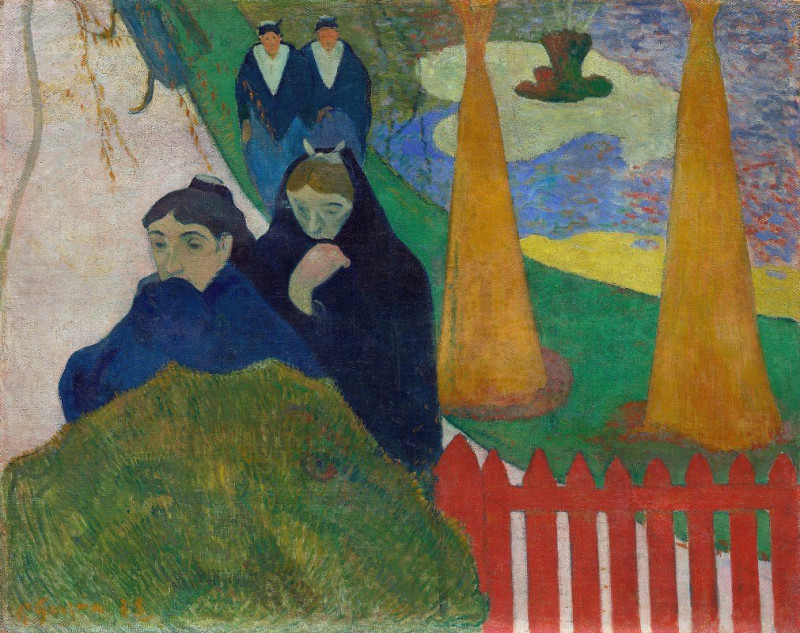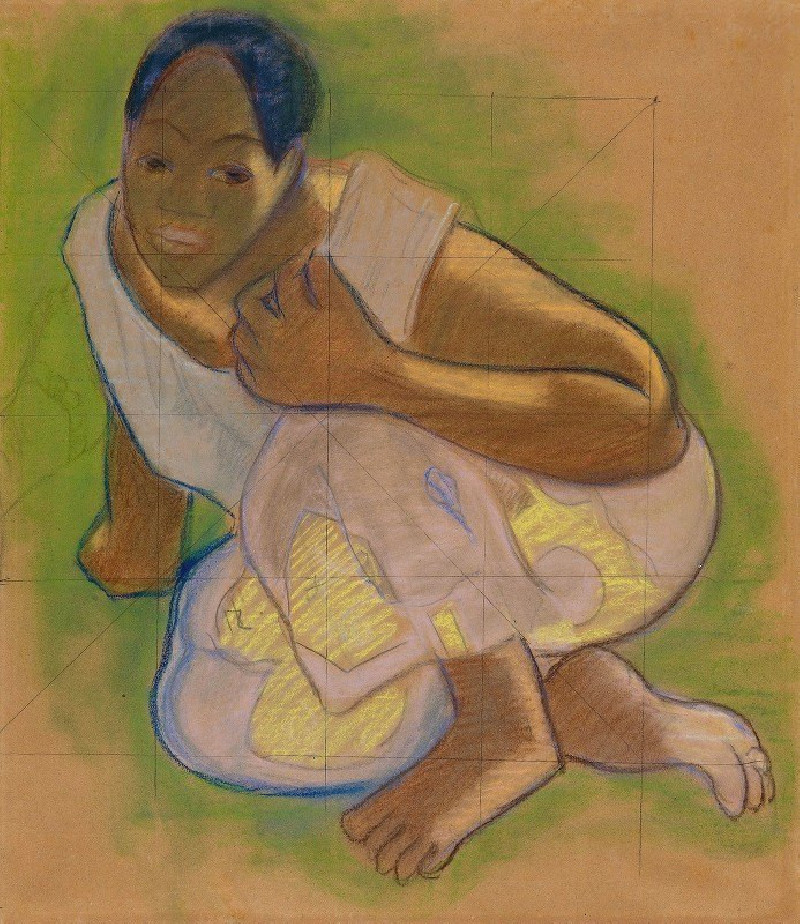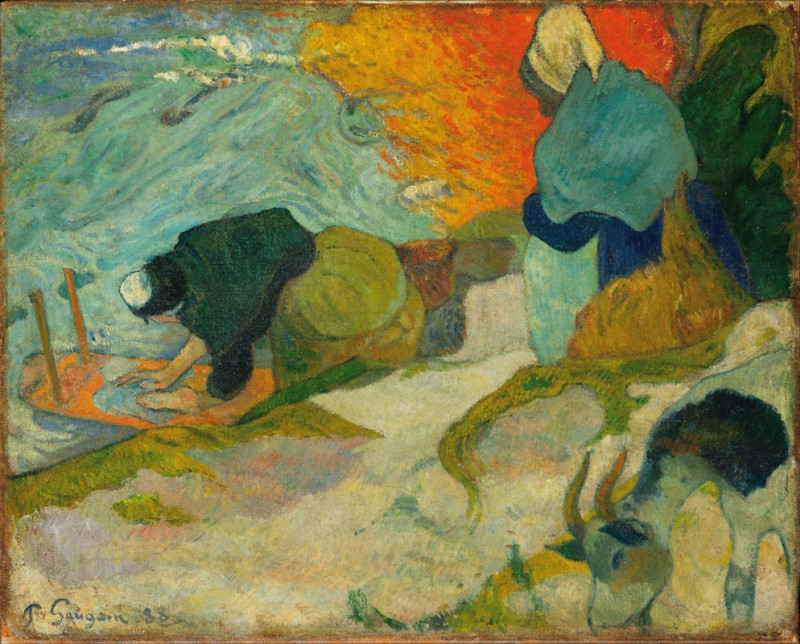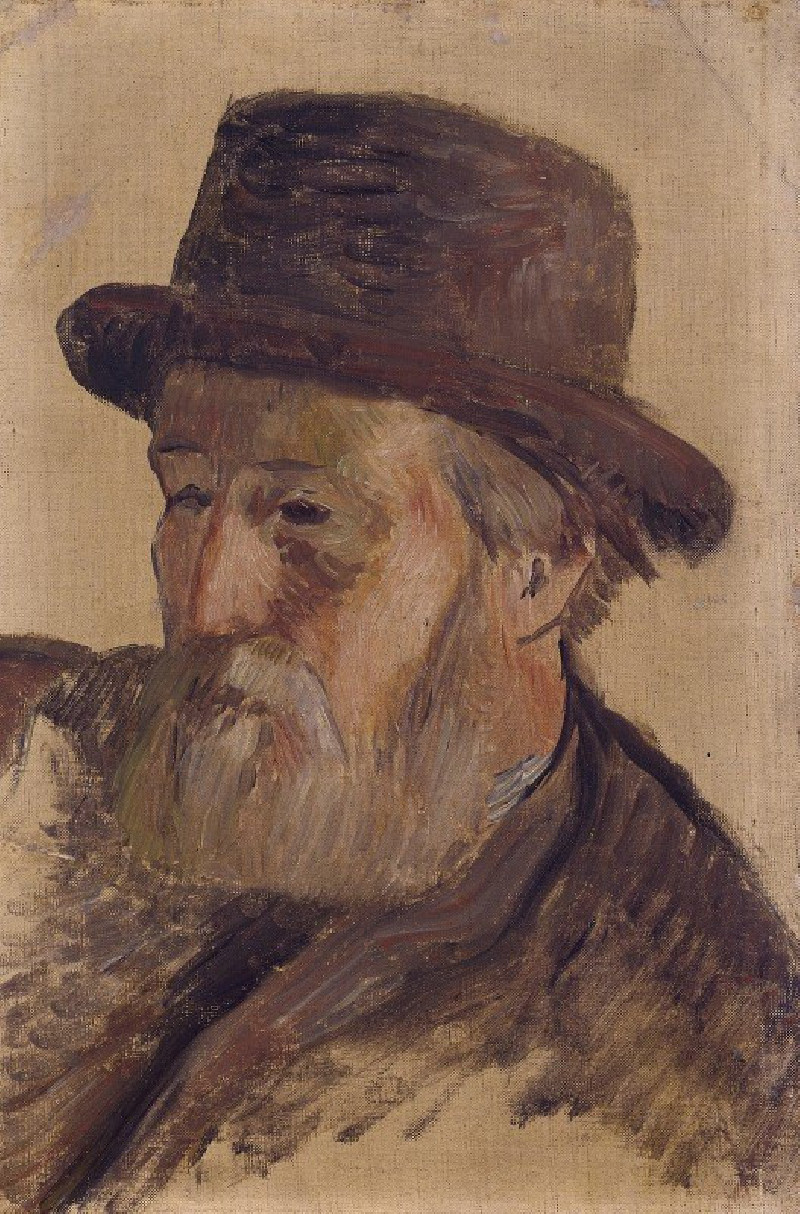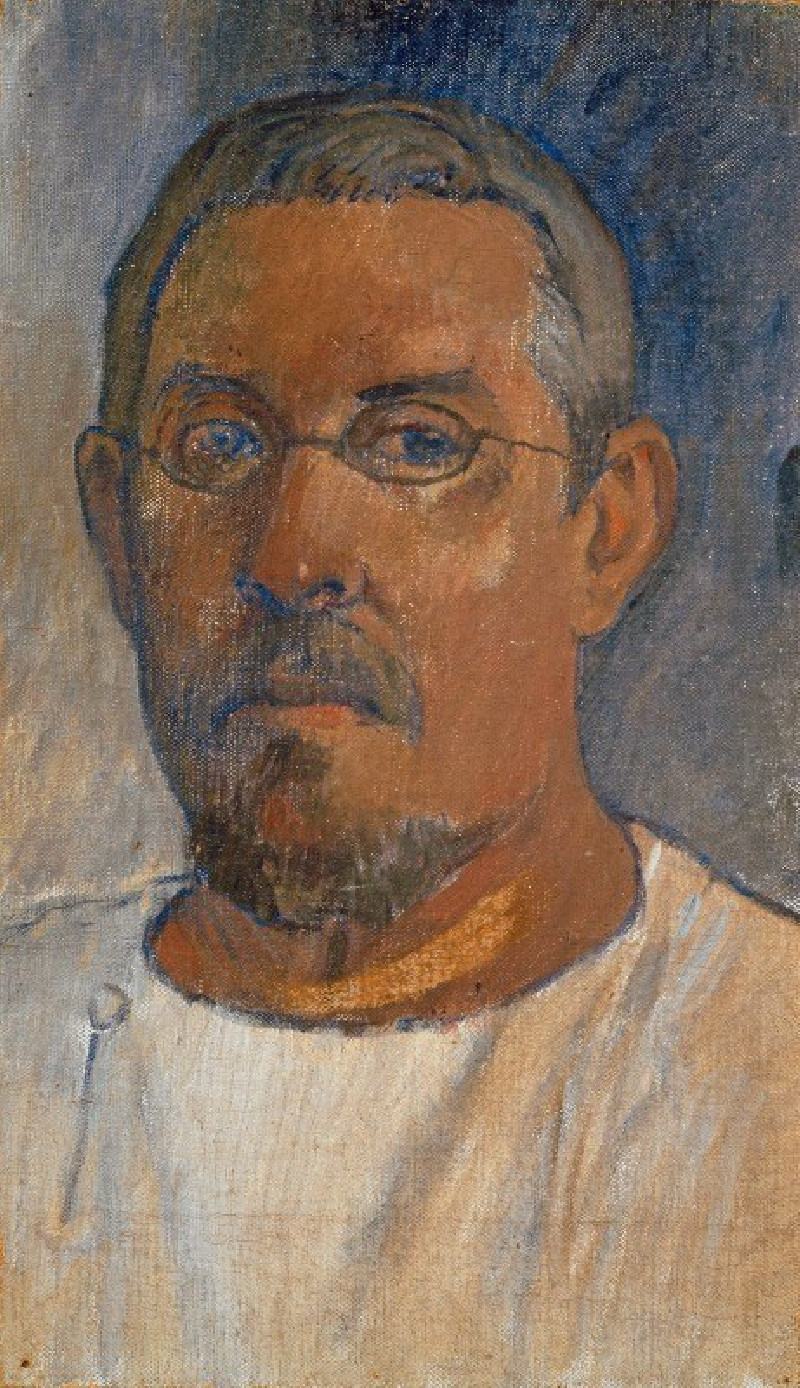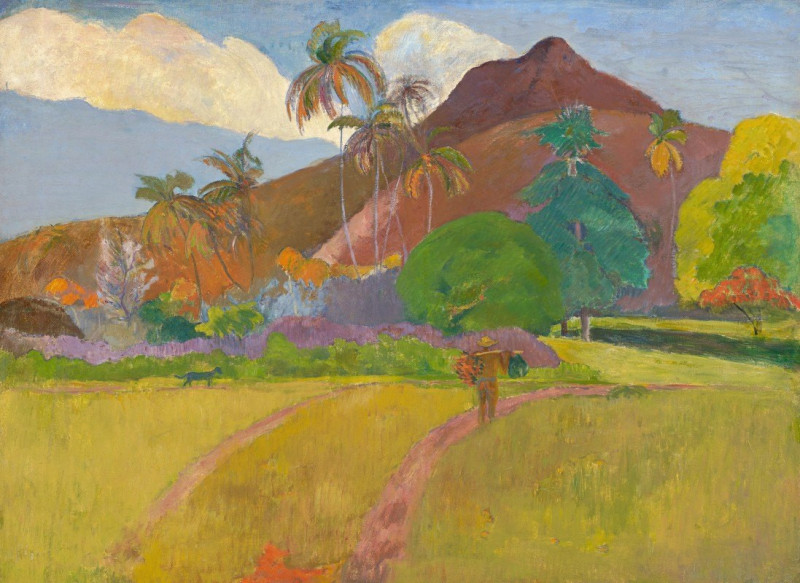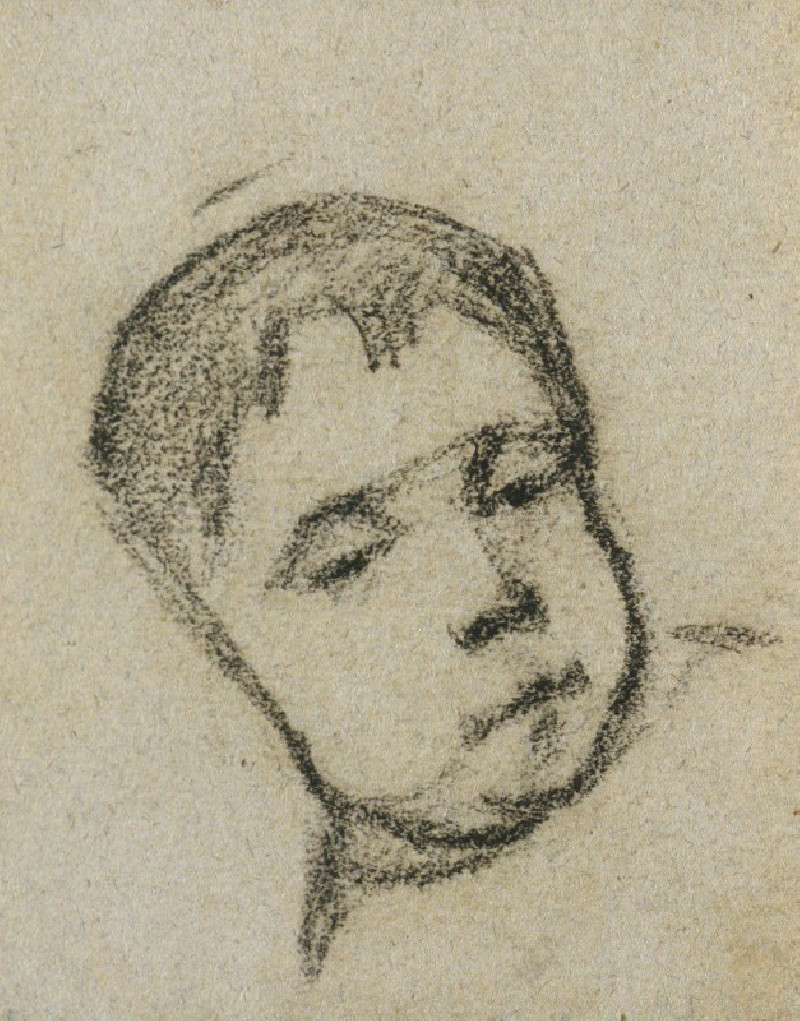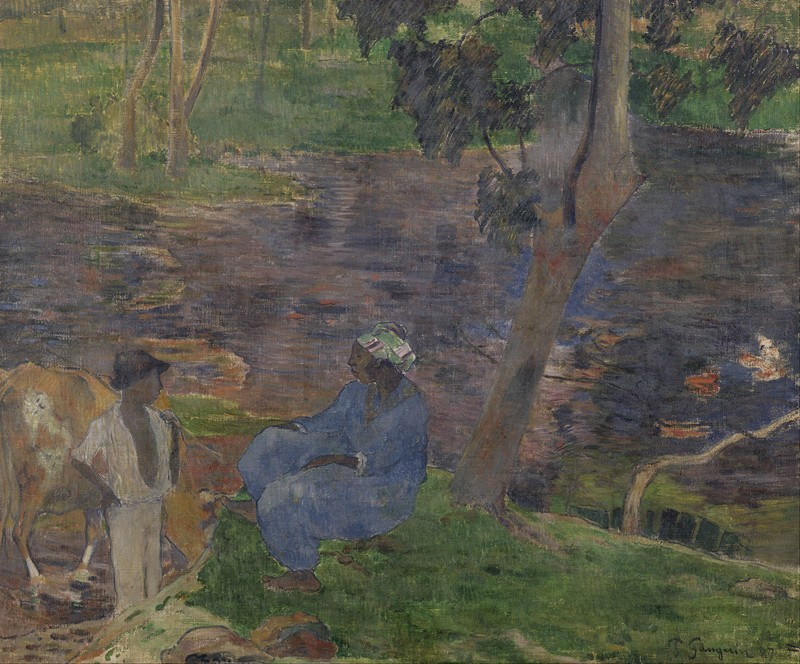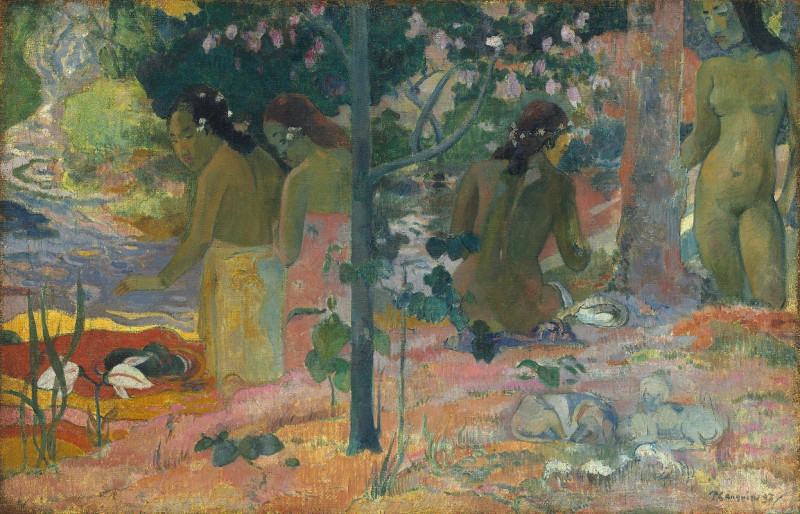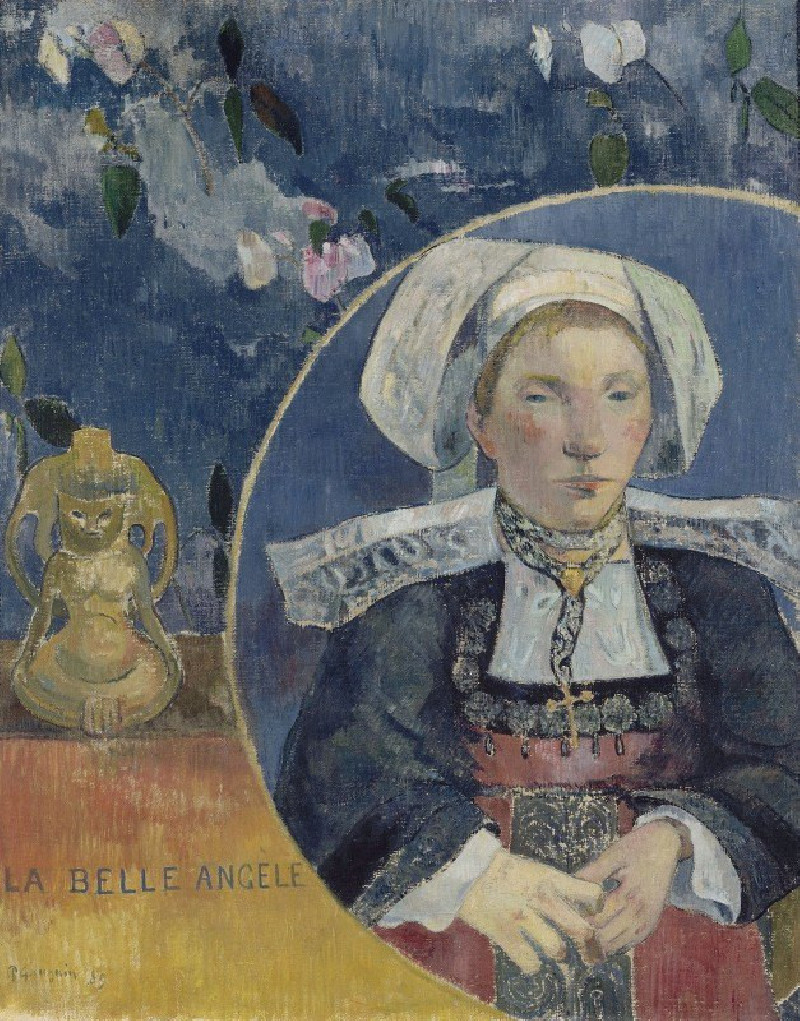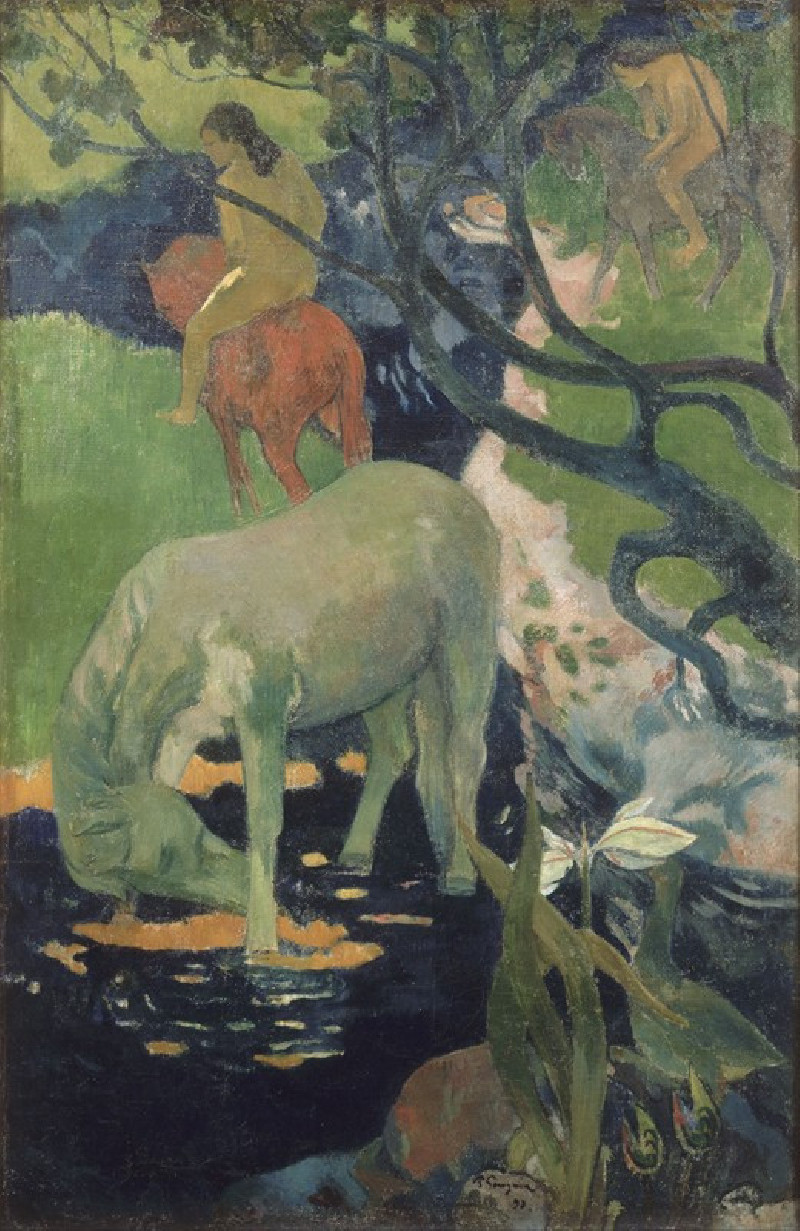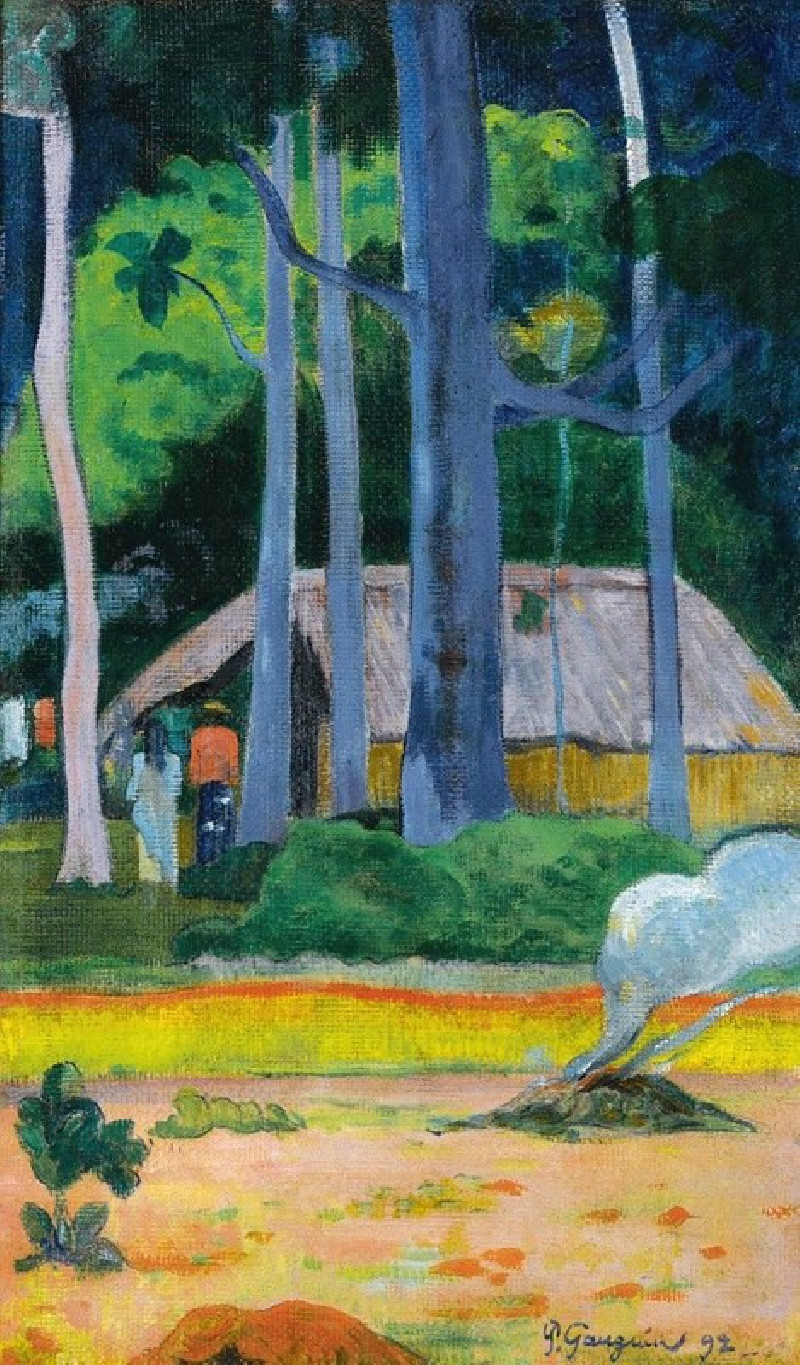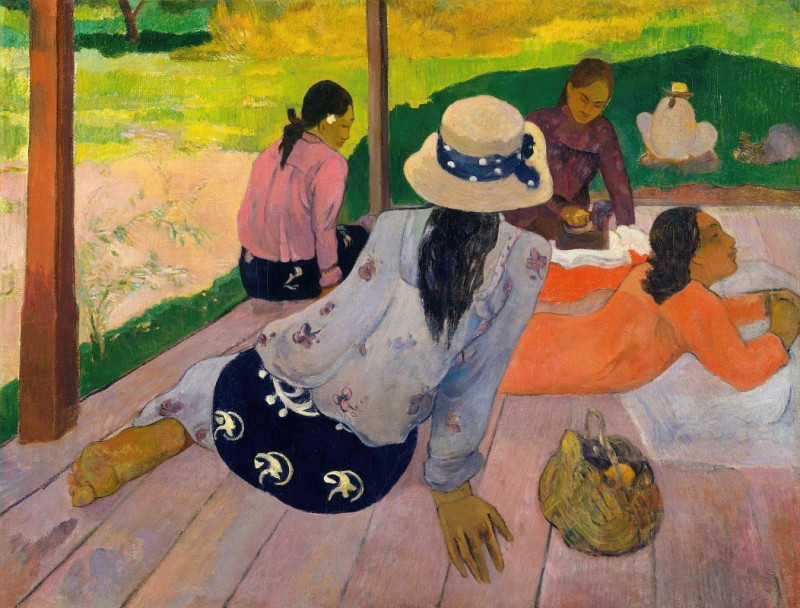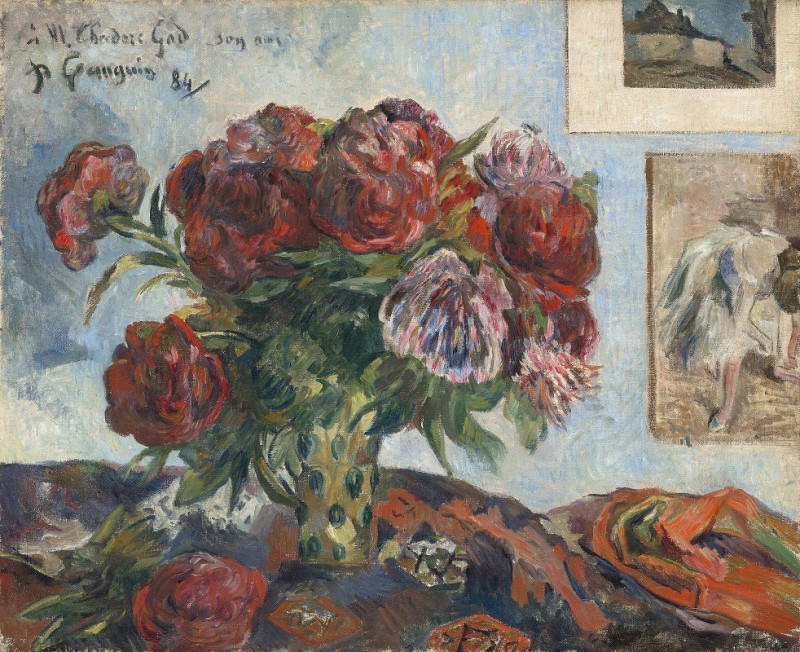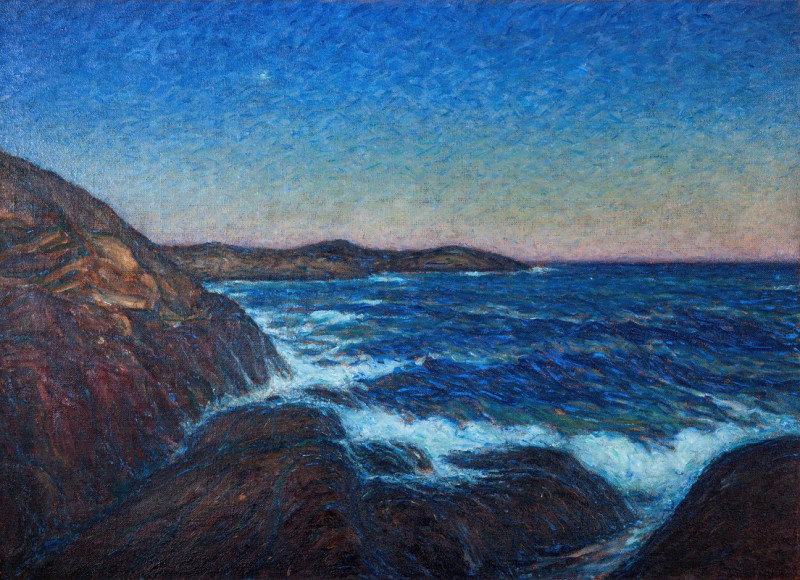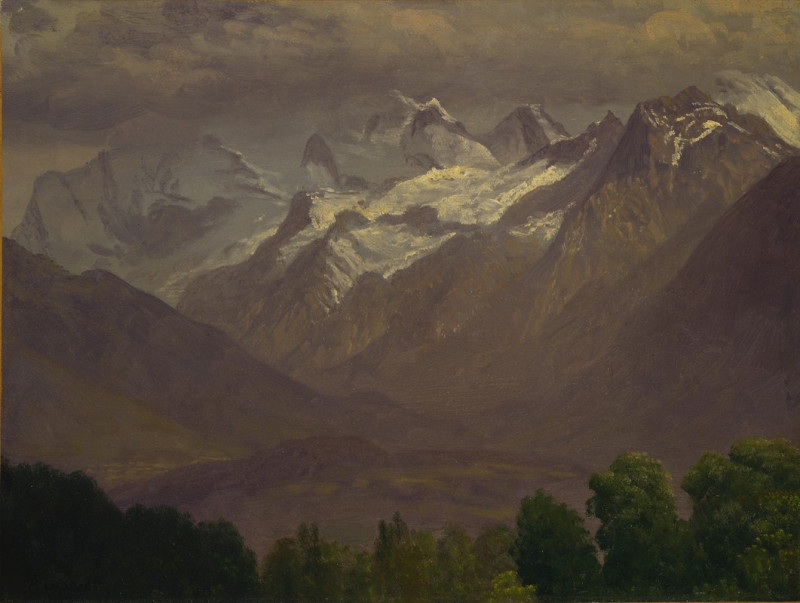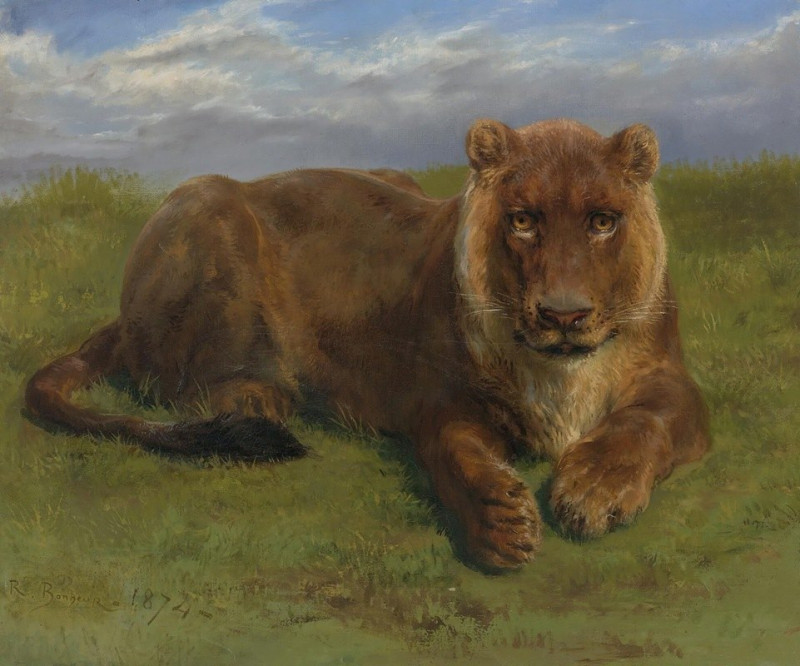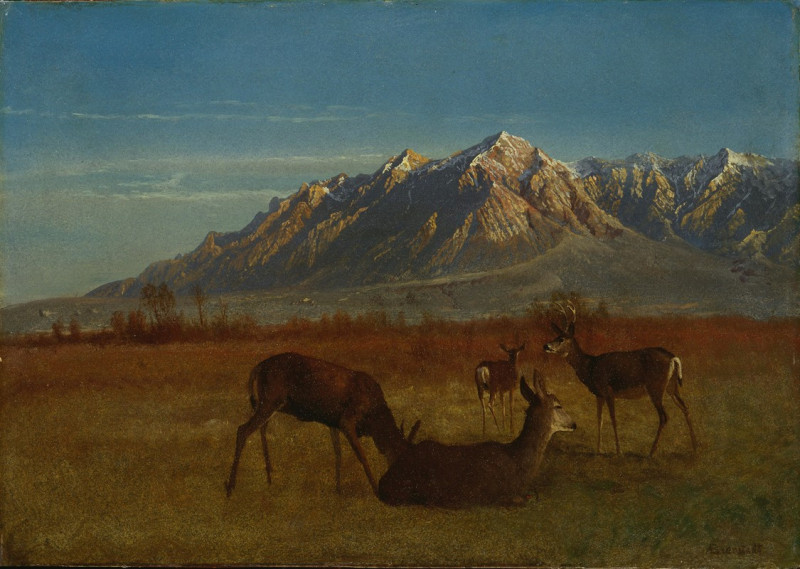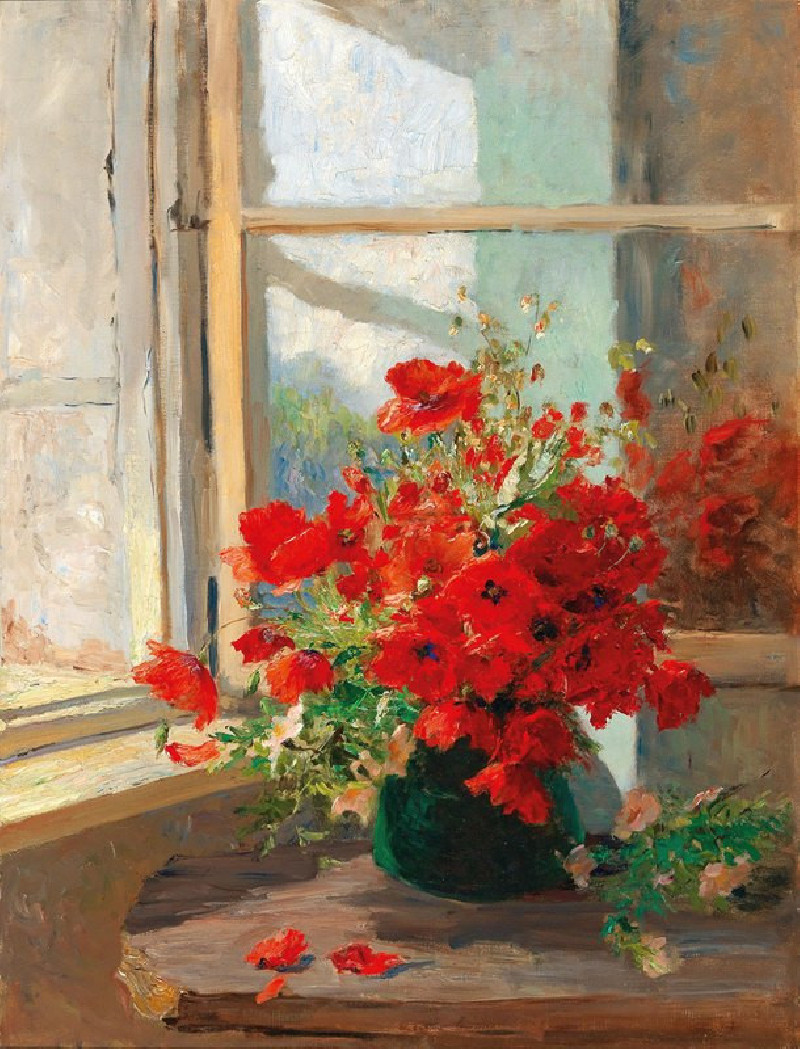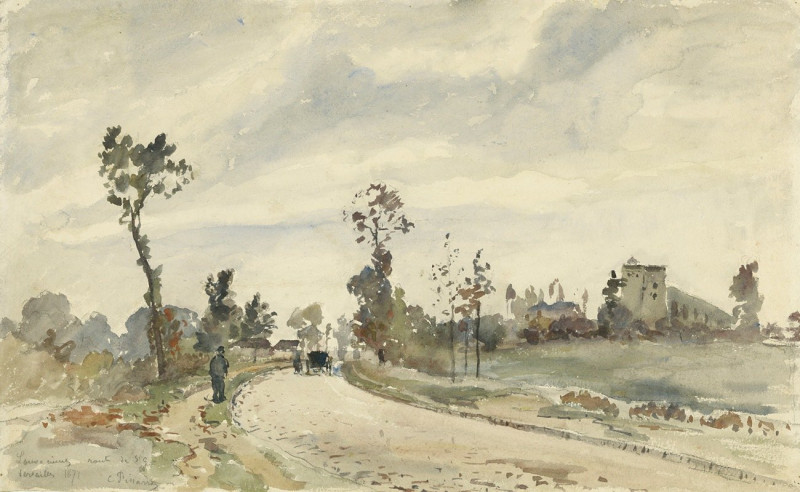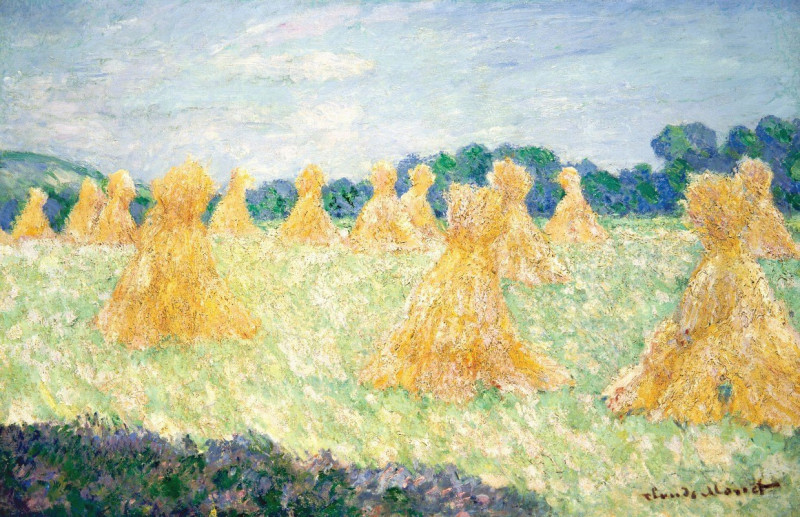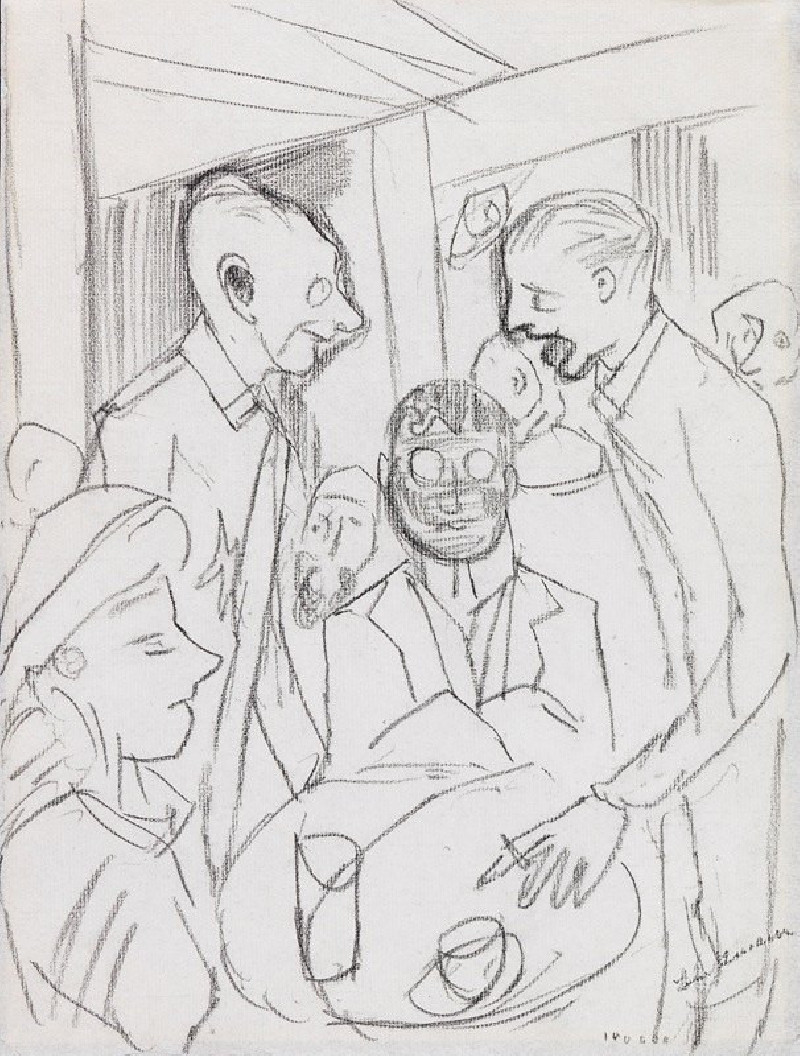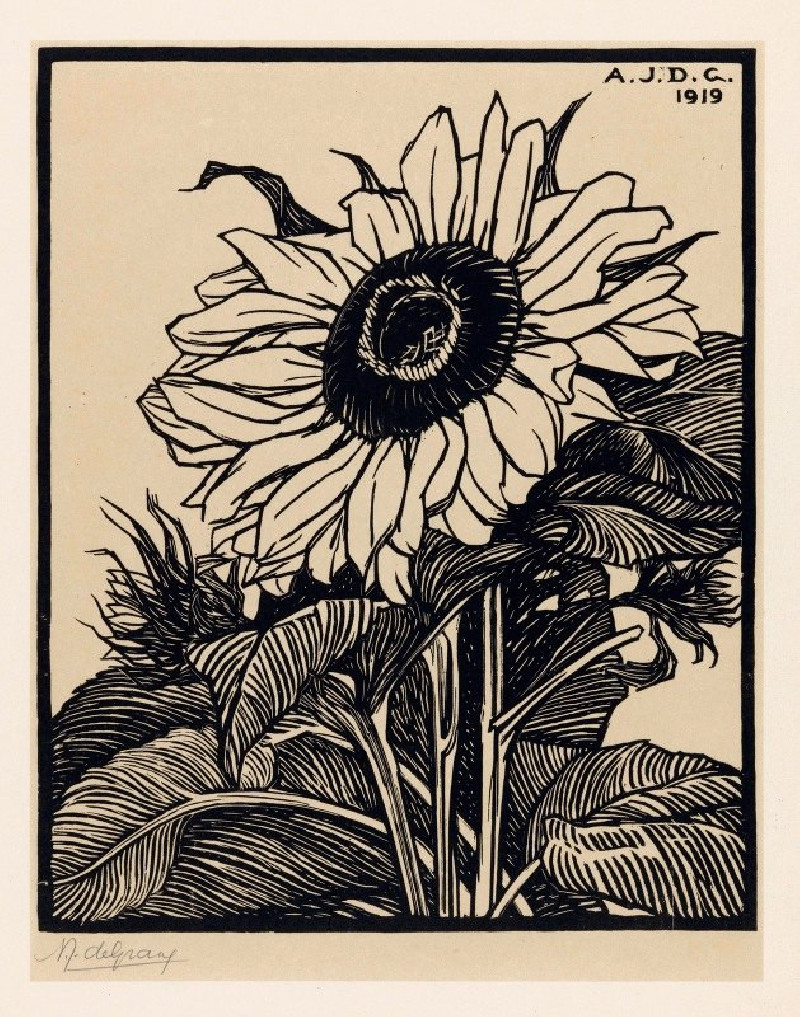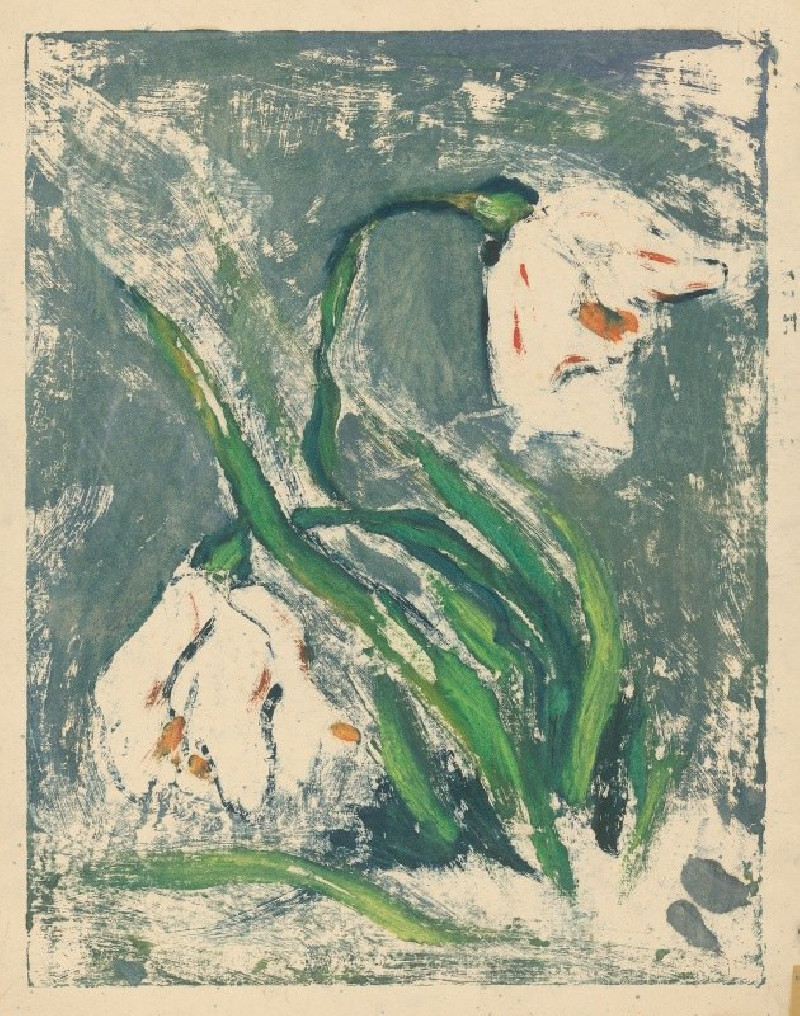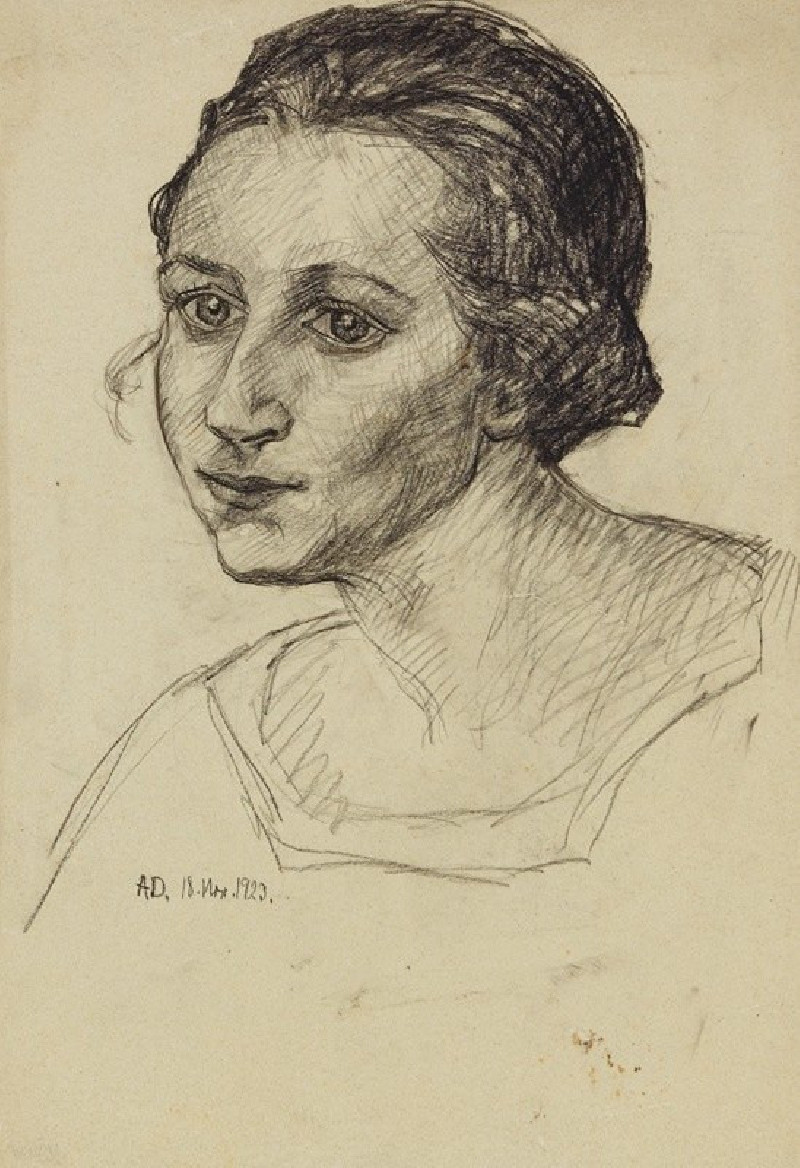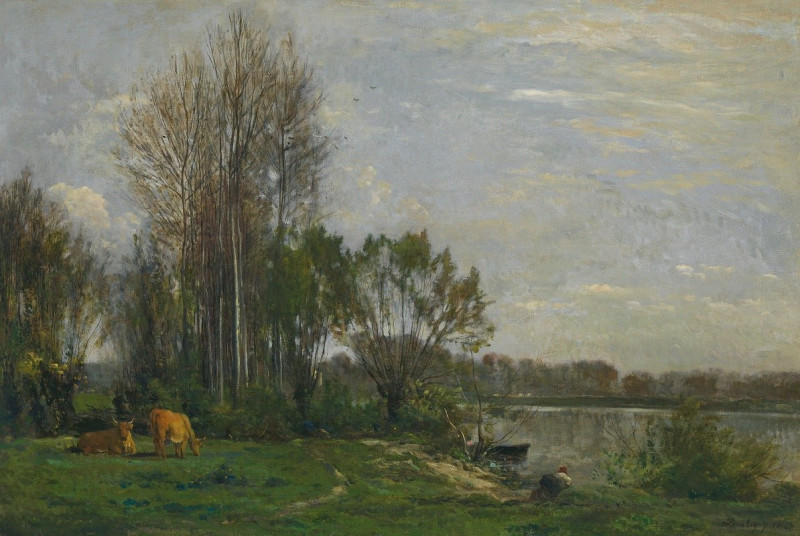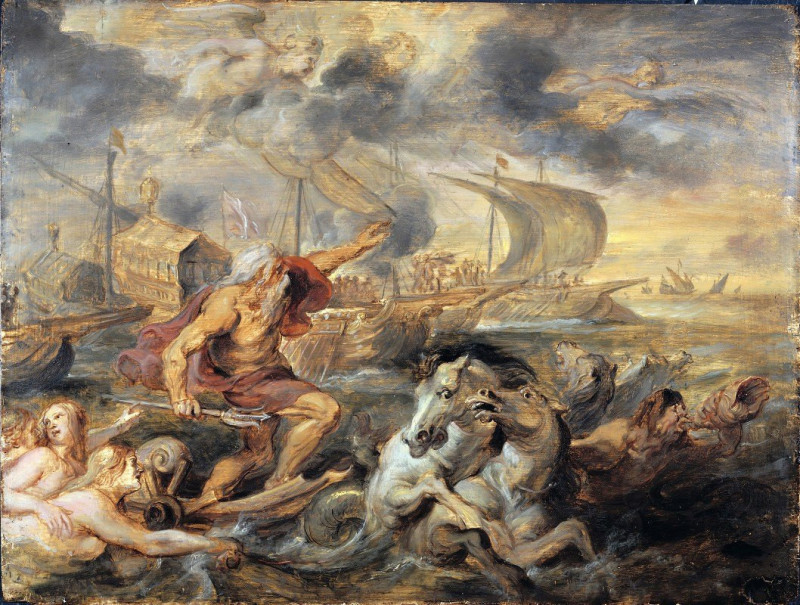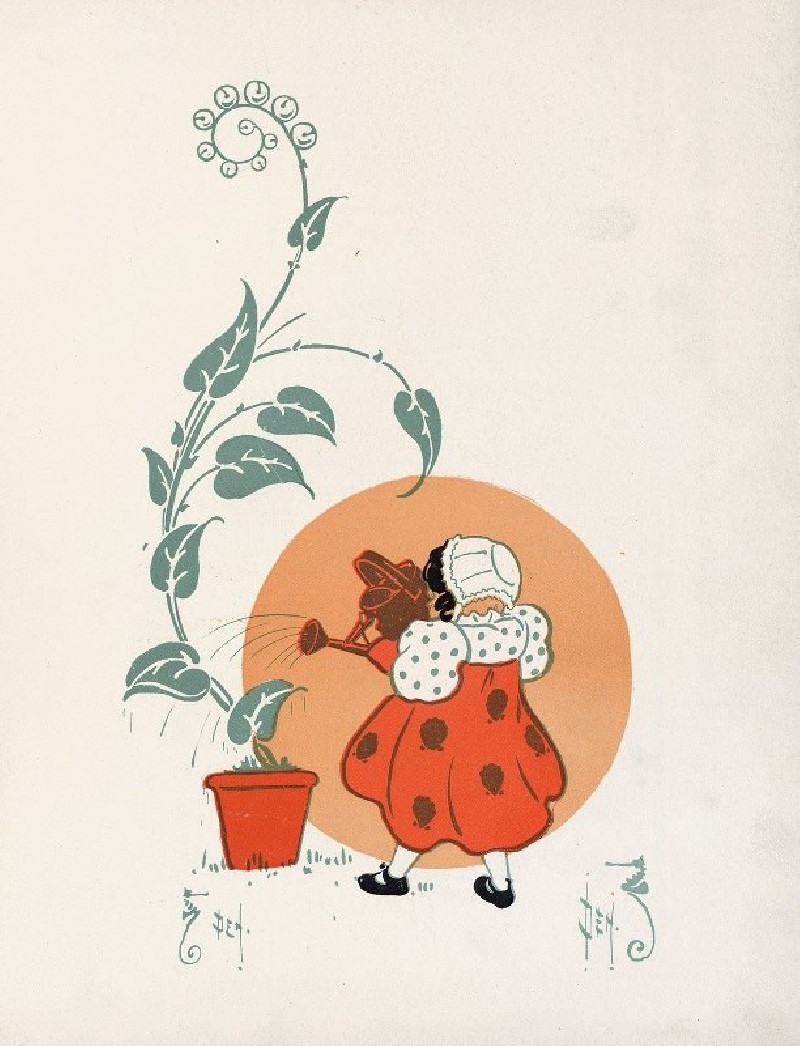I Raro te Oviri (Under the Pandanus) (1891)
Technique: Giclée quality print
Recommended by our customers
More about this artwork
Discover the vibrant and exotic world of Paul Gauguin's "I Raro te Oviri (Under the Pandanus)" from 1891. This enrapturing work showcases Gauguin's unique style during his time in Tahiti, epitomizing his departure from European scenes and his embrace of more mystical and primitive themes.In this painting, Gauguin captures a serene moment under the shade of pandanus trees. The canvas is alive with rich, earthy tones and the surreal colors typical of Gauguin's Tahitian period. Two figures, clad in traditional red pareos adorned with yellow patterns, dominate the foreground. One figure stands contemplatively with a basket, seemingly returning from a gathering, while the other, with their back turned to the viewer, carries a bundle of sticks, perhaps preparing for a daily chore.A black dog meanders between them, adding a naturalistic touch that contrasts with the somewhat flat and abstract representation of the landscape and humans. In the background, glimpses of beach and sea under a tranquil sky provide a vivid backdrop, hinting at the idyllic yet complex life on the island."I Raro te Oviri" not only illustrates Gauguin's masterful use of color and form but also reflects his deep fascination with the values and lifestyle he perceived in Tahiti, untouched by the industrialization of the West.
Delivery
Returns
Eugène Henri Paul Gauguin was a French Post-Impressionist artist. Unappreciated until after his death, Gauguin is now recognized for his experimental use of color and Synthetist style that were distinct from Impressionism. Toward the end of his life, he spent ten years in French Polynesia. The paintings from this time depict people or landscapes from that region.

